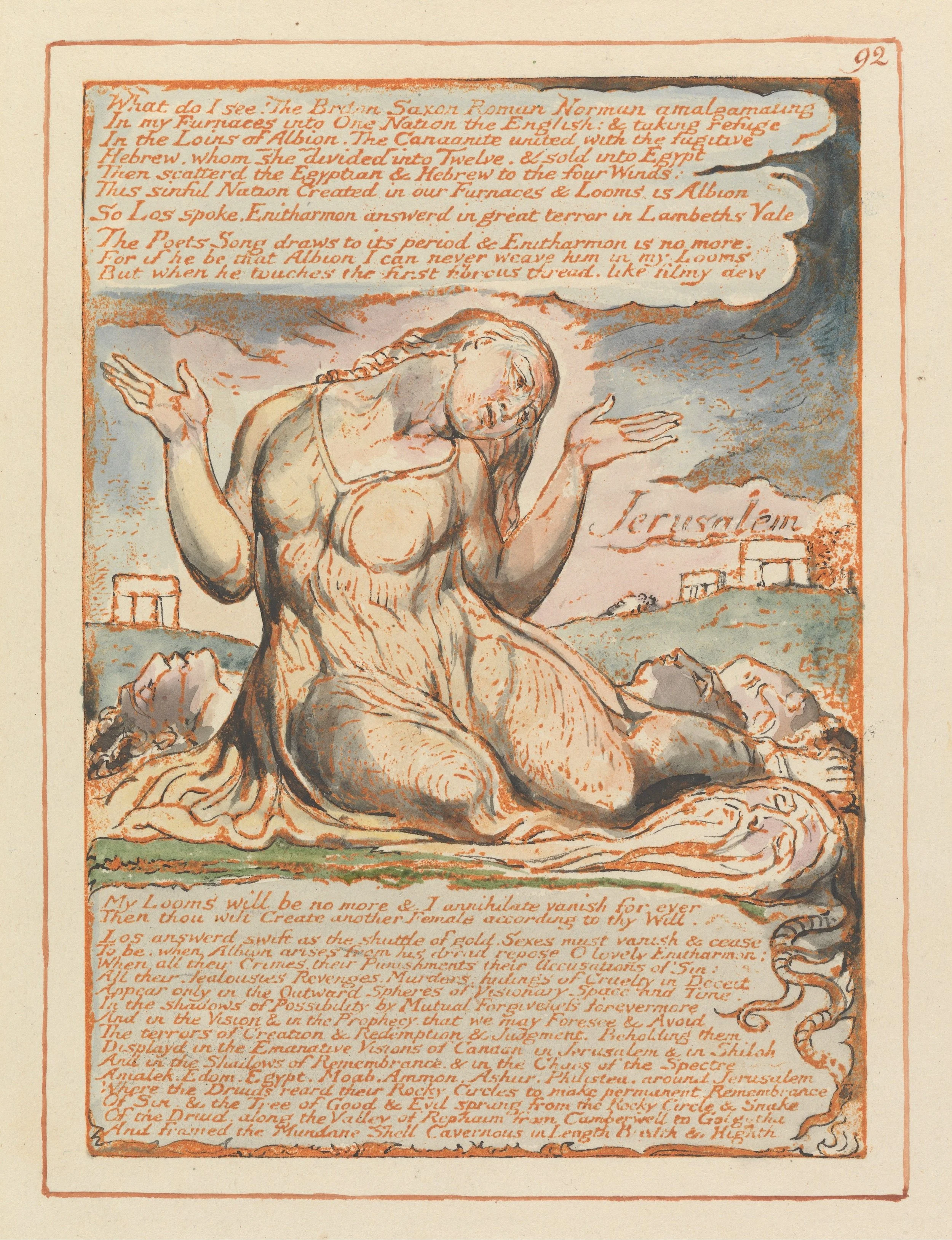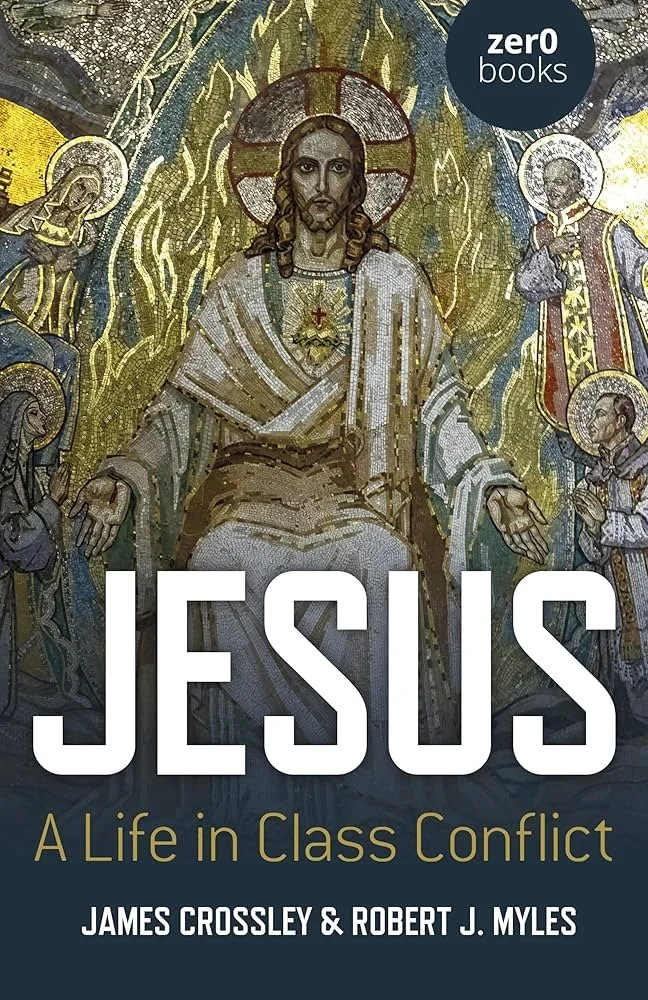Research
My work is deeply interdisciplinary, drawing insights from not only biblical studies, but also performance studies, gender studies (in particular masculinity studies), and queer studies. I am also interested in the plethora of ways “religion” shows up in popular media and popular culture.
In Process
-
‘Could We Start Again Please?’: Remaking Jesus Christ Superstar in New Cultural Contexts
Argues that the cultural longevity of JCS can be attributed to its adaptability and how it can be molded to fit various generational contexts. Wines examines shifting of cultural references within three film adaptations of JCS: the original 1973 version starring Ted Neely, the 2001 version starring Glenn Carter, and the 2018 version starring John Legend.
-
“Do You Study Your Bible Mister Murdock?” Apocalyptic Themes in Guardian Devil
In Theology, Religion, and Daredevil, edited by Regan Hardeman and Taylor Thomas
Looks at the apocalyptic themes present in Kevin Smith and Joe Quesada’s Guardian Devil. In addition to looking at apocalyptic themes, the chapter also considers the connections between apocalypse, Catholicism, and masculinity as they impact not only this particular Daredevil story, but his character in general.
-
Apocalyptic Masculinity: Messiahs, Monsters, and Men Out of Time
This work is concerned with answering the question “is there such a thing as apocalyptic masculinity?” This project uses performance and performativity as a method to read apocalyptic texts to delineate a particular masculinity distinctive to apocalypses. I bring these threads together through three themes: (1) messianic figures in apocalypses, (2) the relationship between the monstrous and the masculine, and (3) the place of pseudepigraphy and what happens when major male historical figures are pulled out of their historical locations to be used in other contexts. This book argues that there is a particular strand of masculinity that is prevalent in apocalypses: one that is fluid and unstable. In talking about fluid apocalyptic masculinity, we can make sense of the shifting and reframing of the masculinity standards that were a part of the culture at-large when the narratives were created.
Publications
-

The Revelation of Blake: From Jezebel to the New Jerusalem?
Pages 287-308 in Who is Sitting on Which Beast? Interpretive Issues in the Book of Revelation.Proceedings of the International Conference held at Loyola University Chicago, March 30-31, 2017. Louis Painchaud and Edmondo Lupieri, (eds.) Judaïsme ancien et origines du christianisme (JAOC), Brepols, 2024.
In his illustrated work Jerusalem the Emanation of the Giant Albion, English poet and artist William Blake presents a dichotomic and paradoxical characterization of his Jerusalem as a “chaste whore” that can serve as a model for reading the female figures in the Book of Revelation. This chapter explores that dichotomy and how the characterization of a “chaste whore” can let one use Jerusalem as a model to re-examine the women of Revelation. It takes up Suzanne Sklar’s use of visionary theatre as she encourages creative engagement not only with Jerusalem, but with other texts as well (including Revelation). For Blake, and perhaps for Revelation as well, the characters themselves can simultaneously be representative of a multiplicity of things. Since visionary theatre allows (and perhaps necessitates) the suspension of accepted notions of time, space, self, and concrete reality, by using it as a method it becomes easier to trace the ways in which Blake seems to have read the women of Revelation as one woman going through stages of character development in the creation of his character Jerusalem. Thus, this chapter examines her transformation along with the women of Revelation from her appearance as Jezebel, to the Woman Wrapped in the Sun, to the Harlot, until finally she is revealed as the New Jerusalem
-
Mas(c/k) of a Man: Masculinity and Jesus in Performance
Religions 14.9 (2023): 1162.
While both narrative and performance criticisms take whole-story approaches to the texts they are engaging with, performance critical approaches are uniquely suited to considerations of the body, and particularly of gender. Alongside the growth in performance critical analyses of the gospels that place prominence on the embodied, performed dimension of the texts, when thinking about gender it becomes critical to examine the ways in which masculinity is constructed in and through performance, particularly in the ancient Greek and Roman worlds. This article is an examination of the masculinity of Jesus as it is presented in the Gospel of Mark, as it argues that the Gospel of Mark presents a seemingly “unmasculine” depiction of Jesus that performers (as well as later interpreters) would have had to make performance choices about in their own depictions of Jesus for a given performance event. While narrative approaches have more space to hold multiple interpretations in tension with one another, performances of the texts would have necessitated making singular choices that would impact an audience’s understanding of the text.
-

It wasn’t about Me’: Artistic Representation, Theological Representation, and Terrence McNally’s Corpus Christi
This paper uncovers how Terrence McNally’s 1998 gay passion play Corpus Christi braids together queerness and religiosity to highlight that queer people are also welcome at the “spiritual table.” By bringing together his life experiences as a gay man who grew up in Texas with the biblical passion story, McNally highlights ways in which the Bible has been weaponized against gay men specifically, while at the same time creatively retelling Jesus’s execution to undercut that weaponization.
Book Reviews
-

Jesus: A Life in Class Conflict: A Review Essay
Journal of Historical Jesus Studies Special Issue: A Life in Class Conflict, 22.1 (2024): 37-53.
-

Review of Jeanette Mathews. Prophets as Performers: Biblical Performance Criticism and Israel’s Prophets (Eugene, OR: Cascade, 2020)
in Studies in Religion/Sciences Religieuses 51.2 (2021): 289-291.